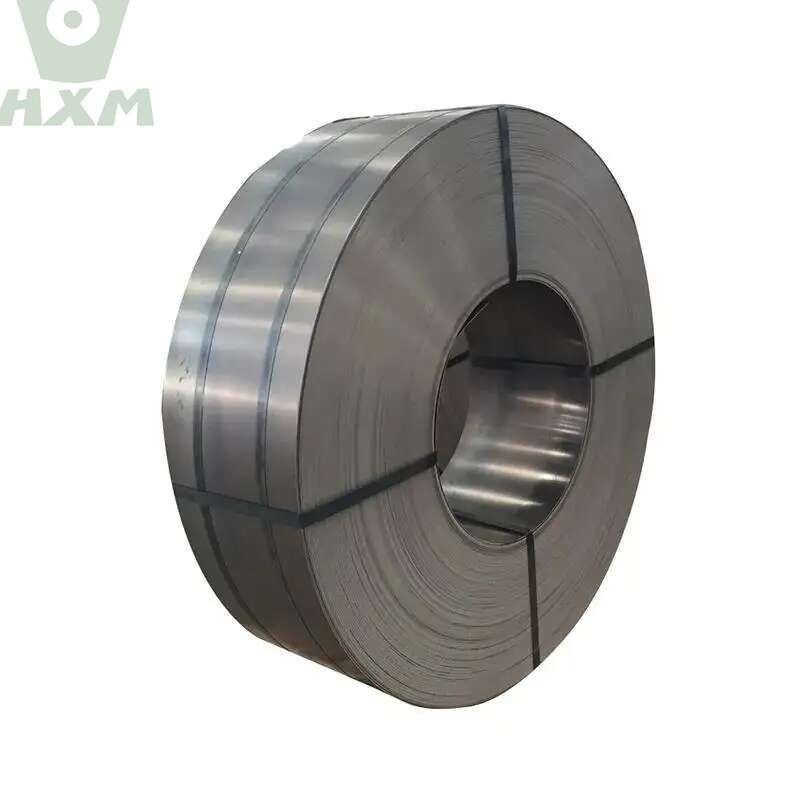Carbon steel, as one of the vital metallic materials in the industrial sector, is extensively employed in fields such as automobiles, machinery, and construction. However, exposure to high-temperature environments can adversely affect the properties of carbon steel, causing a long-term decline in its strength, ductility, heat resistance, and service life, thereby limiting its large-scale application. In this article, we will take a closer look at the impact of high-temperature environments on the properties of carbon steel.

Impact of High-Temperature Environments on the Properties of Carbon Steel:
Firstly, high-temperature environments lead to a reduction in the strength properties of carbon steel. While carbon steel inherently possesses mechanical strength, extreme heat causes the internal grains of the steel to grow larger, with an increase in dislocations at grain boundaries. This, in turn, results in a decrease in both the yield strength and tensile strength of the steel. Consequently, the use of carbon steel materials in high-temperature environments necessitates the adoption of special coatings or heat treatment processes to enhance their high-temperature resistance.
Secondly, high-temperature environments weaken the ductility of carbon steel. In such environments, the diffusion activity of metal atoms within the steel intensifies, leading to changes in its microstructural organization and affecting its ductility. Specifically, notches and inclusions at grain boundaries tend to expand, causing localized strength reduction. Therefore, when designing and utilizing carbon steel products, particular attention must be paid to changes in their ductility to ensure safety and reliability.
Furthermore, high-temperature environments diminish the heat resistance of carbon steel. At elevated temperatures, gaps and notches within the steel undergo varying rates of expansion due to different coefficients, particularly when temperatures exceed a certain range. This results in significant stress differences within the steel, causing it to lose stability and potentially leading to fatigue failure. Consequently, to enhance the heat resistance of carbon steel under high-temperature conditions, measures such as controlling production processes and selecting appropriate materials can be taken.
Additionally, high-temperature environments contribute to a reduction in the service life of carbon steel. At high temperatures, the strength and hardness of carbon steel decline rapidly. When temperatures exceed 300°C, the steel becomes highly susceptible to oxidation and high-temperature corrosion, leading to deformation, wear, and deterioration of its mechanical properties and service life. To prolong the service life of carbon steel in high-temperature environments, measures like applying coating processes, such as spraying a layer of nickel-chromium alloy onto the steel surface, can be employed to enhance its durability.
Conclusion
In conclusion, despite carbon steel’s excellent properties and its crucial role in modern industries, prolonged exposure to high-temperature environments can adversely impact its strength, ductility, heat resistance, and service life. Therefore, to meet the demands of modern industrial production, it is necessary to adopt corresponding measures to improve the temperature resistance and service life of carbon steel.
Why Choose Huaxia Steel?
Thank you for reading our article and we hope it can help you to have a better understanding of the impact of high-temperature environments on the properties of carbon steel. If you are looking for suppliers and manufacturers of carbon steel, we would advise you to visit Huaxia Steel.
As a leading supplier of carbon steel from Shanghai China, Huaxia Steel offers customers high-quality LOW -CARBON STEEL, MEDIUM CARBON STEEL and HIGH CARBON STEEL at very competitive prices.








